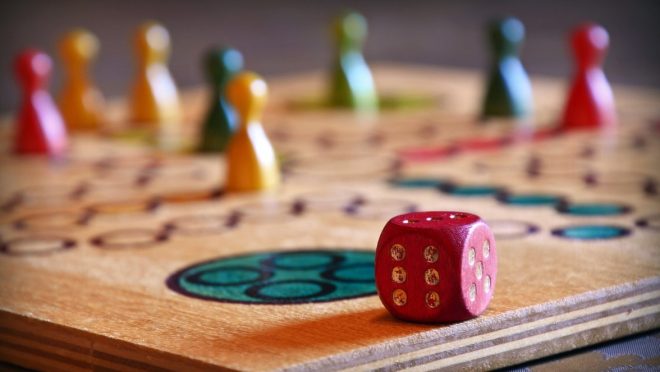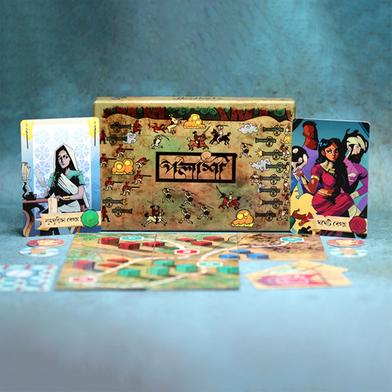From Ludo to Polashi: A nostalgic journey through the evolution of board games
From Ludo to Polashi: A nostalgic journey through the evolution of board games

Our childhood wouldn’t be complete without fighting over the squares one of our cousins missed during Ludo when they moved our token or sitting cross legged on the floor, both Ludo and Snakes and Ladders spread in front of us, coloured tokens ready, and the familiar sound of dice rolling across the tiles.
For many of us, board games were not just time-pass activities. They were the essential parts of our childhood. We played them with family during holidays like Eid, at family gatherings, on rainy days, or during power outages. These games had simple rules and chaotic fun, bringing us closer together. It made us laugh, fight, and make up.
Over time, the games have changed. Ludo and Snakes and Ladders slowly made room for Uno and Monopoly. New games brought new thrills, but that feeling of sitting together, sharing a board and a moment has stayed the same.
Before mobile games and virtual reality entered the chat, we had Ludo, Snakes and Ladders, and Carrom. Ludo was more than just a game, it was a war of strategy and luck. It often ended with someone flipping the board or storming out of the room, yet somehow, that drama was part of the charm. It was always the highlight of the memory.
Snakes and Ladders had its own kind of excitement. The climb to 100 felt like a life mission. You could be at 98, then suddenly slide down to square 7 thanks to a snake. It was a game that taught us disappointment early, but also the joy of small wins.
Carrom was a ritual. You’d sit around the board with cousins or uncles, arguing over rules and aiming shots. There were no instruction manuals, it was the only way your cousins taught you, and you trusted that. It was loud, competitive, and fun.
Board games were easy to learn, hard to win, but mostly impossible to forget. As time passed by, we started to grow and so did our games.
Monopoly introduced us to fake money, properties, and the pain of going bankrupt. Unlike Ludo, Monopoly could go on for hours. It teaches us about business deals, being sneaky, and the soul-crushing feeling of landing on someone’s else’s land.
Then came Uno; it is loud, colourful and unpredictable. Uno made game nights exciting, with its reverse cards and +4s. It was simple yet addictive, even making the quietest person yell “UNO!”
Scrabble was for those who loved words and quiet competition, where you learnt that vocabulary could be a weapon, and nothing beats placing a 7-letter word on a triple word score.

While global games like Uno and Monopoly found their ways into our homes, local and regional never really left. Think about Polashi, a game that blends Bangali themes with a clever strategy. Though not globally known, it holds a special place for many hearts. Named after the historic Battle of Plassey, it often includes historical or cultural elements that add layers of meaning and fun. Games like this remind us that board games are more than entertainment, they carry stories, culture, and identity.
In many South Asian households, there’s always a drawer or shelf stacked with mismatched game boxes, Ludo with missing tokens and uno cards with folded corners. Families add their own rules, kids redesign the boards, and the legacy continues in its own beautiful way. They remind us of simpler times. a time without screens, when conversation flowed easily, and the only notification sound was the roll of a dice.
Even in today’s time, with a lack of digital distraction, board games still matter. They teach us patience, teamwork, and how to lose gracefully (or at least pretend to). They connect generations, turn strangers into friends and turn homes into playful battlegrounds.
References:


